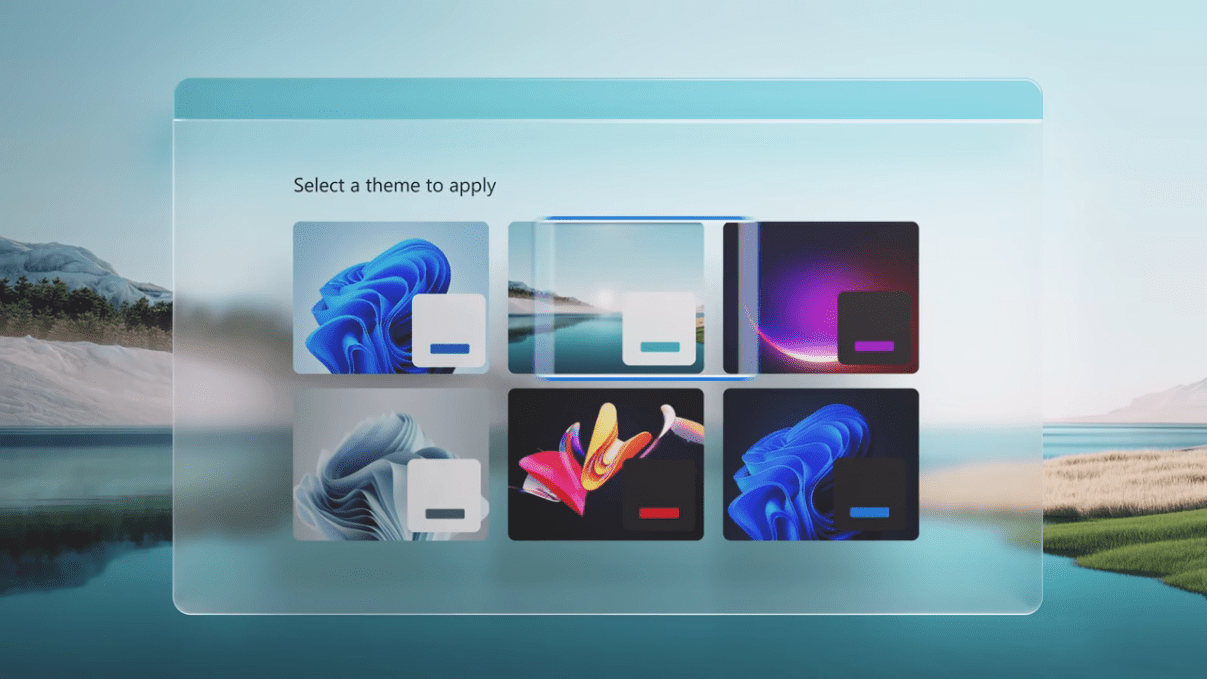AI-art can be copyrighted: The catch in copyrighting AI-generated art, according to the insights from US officials and related legal discussions, revolves around the requirement of human authorship.
Over the past months there’s been a great deal of discussion with regard to Artificial Intelligence and all of it’s many uses or applications.
Photos, images, and other related graphics of the kind are more and more submitted by the client these days as AI has become more prevalent. If you’re someone who might be concerned about the rights you have to your own work as it might relate to AI, I’ve put together a short list of what may be required of you in order for you to maintain your own creative works claim.
Human Authorship Requirement:
The fundamental principle is that for a work to be copyrighted, it must exhibit human authorship. This means that if AI generates art entirely on its own, without meaningful human input, it does not qualify for copyright protection. The US Copyright Office has emphasized that the “traditional elements of authorship” must be determined and executed by a human for the work to be copyrightable.
Meaningful Human Contribution:
If there’s significant human creativity involved in the process, such as:
Prompting with Creative Intent:
Simply entering a prompt into an AI art generator isn’t enough. However, if the human user inputs very specific prompts or manipulates the AI’s output in a creative way that adds original expression, this might qualify for copyright.
Editing and Arrangement:
Human modifications post-AI generation, like altering the work in Photoshop, or arranging AI-generated elements into a new creative sequence (like in a comic book or collage), can be copyrightable if these contributions are original and creative.
Disclosure Requirement:
When applying for copyright, creators must disclose the use of AI in generating the content. Failure to do so might lead to the cancellation of copyright registration. This transparency ensures that the copyright office can evaluate the extent of human involvement.
Legal Precedents and Discussions:
Recent cases and discussions, including the rejection of copyright for works solely created by AI like DABUS, underline that AI-generated content without human authorship won’t be protected. This stance was further reinforced by court decisions emphasizing the human authorship requirement.
Public and Legal Sentiment:
There’s a mix of frustration and clarification about AI art’s copyright status, with some users pointing out the legal and ethical implications, especially concerning the AI’s training data which might include works of artists without consent. One might do well to be absolutely sure that AI isn’t already presenting you with the works of someone else.
While AI-generated art can indeed be copyrighted in the US, it requires a significant level of human creativity, either in the initial prompting, editing, or arrangement of the AI’s output. This human touch is not just about pressing a button but engaging in a creative process that transforms or arranges AI outputs into something original. Disclosure of AI involvement is also crucial for copyright registration. This approach balances the innovation of AI with the traditional values of copyright law, which are deeply rooted in human creativity and expression.
If you have any questions with regard to finding out if your AI artwork can be copyrighted then don’t hesitate to Contact Us or leave your queries in the comment section below.








Leave a Reply
Your email is safe with us.
You must be logged in to post a comment.